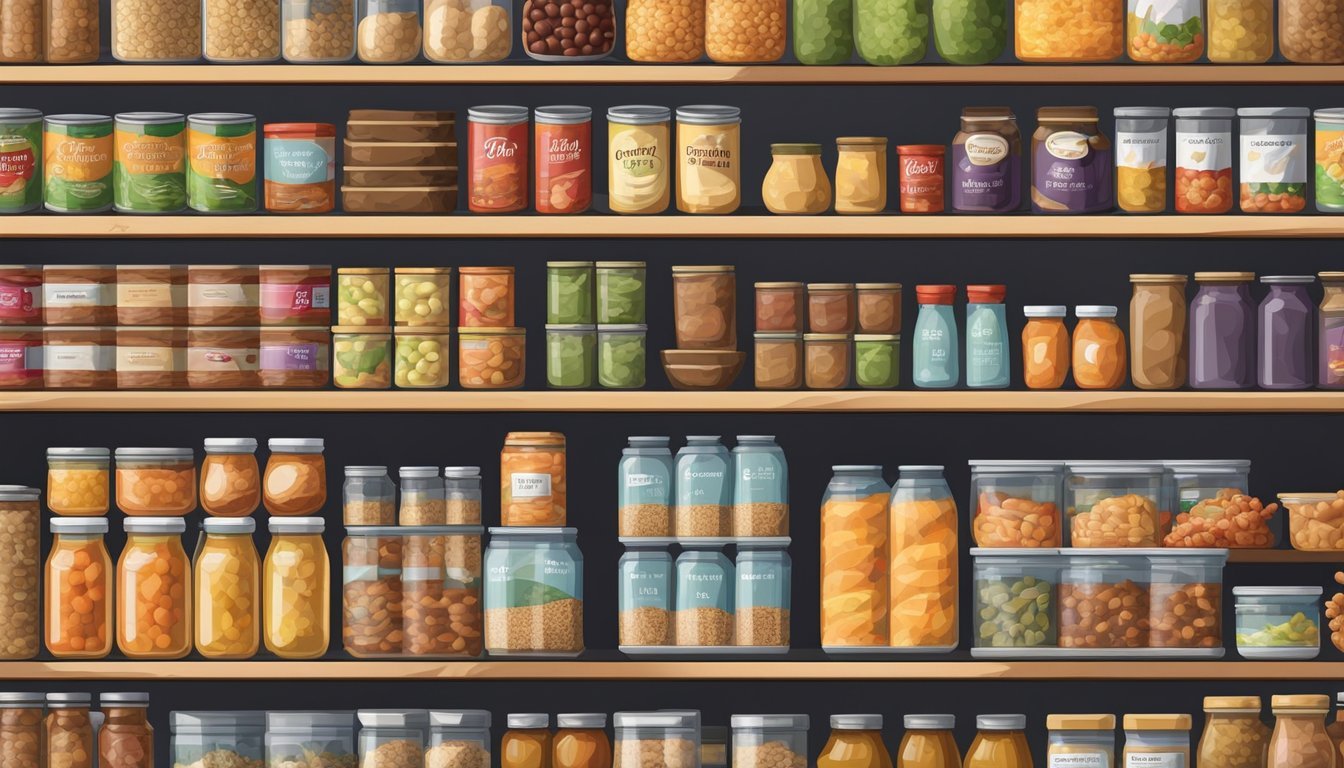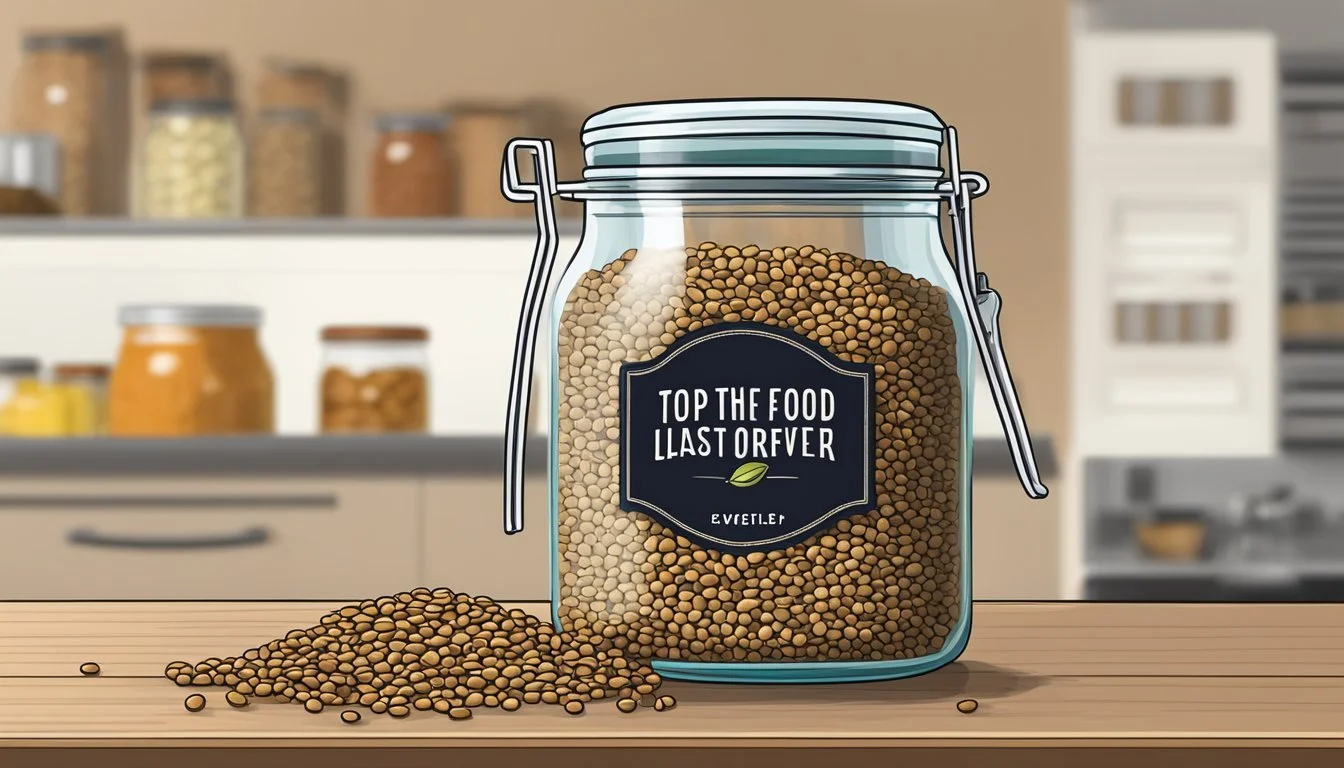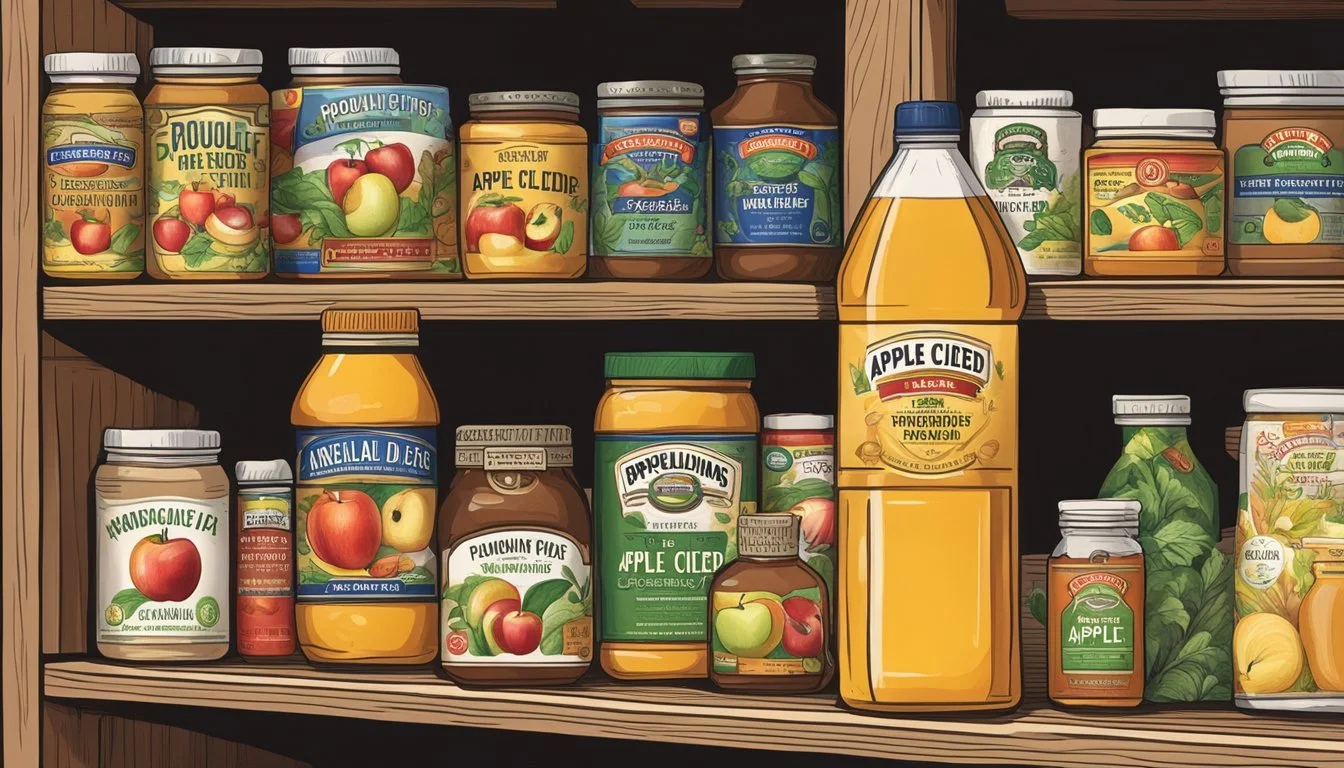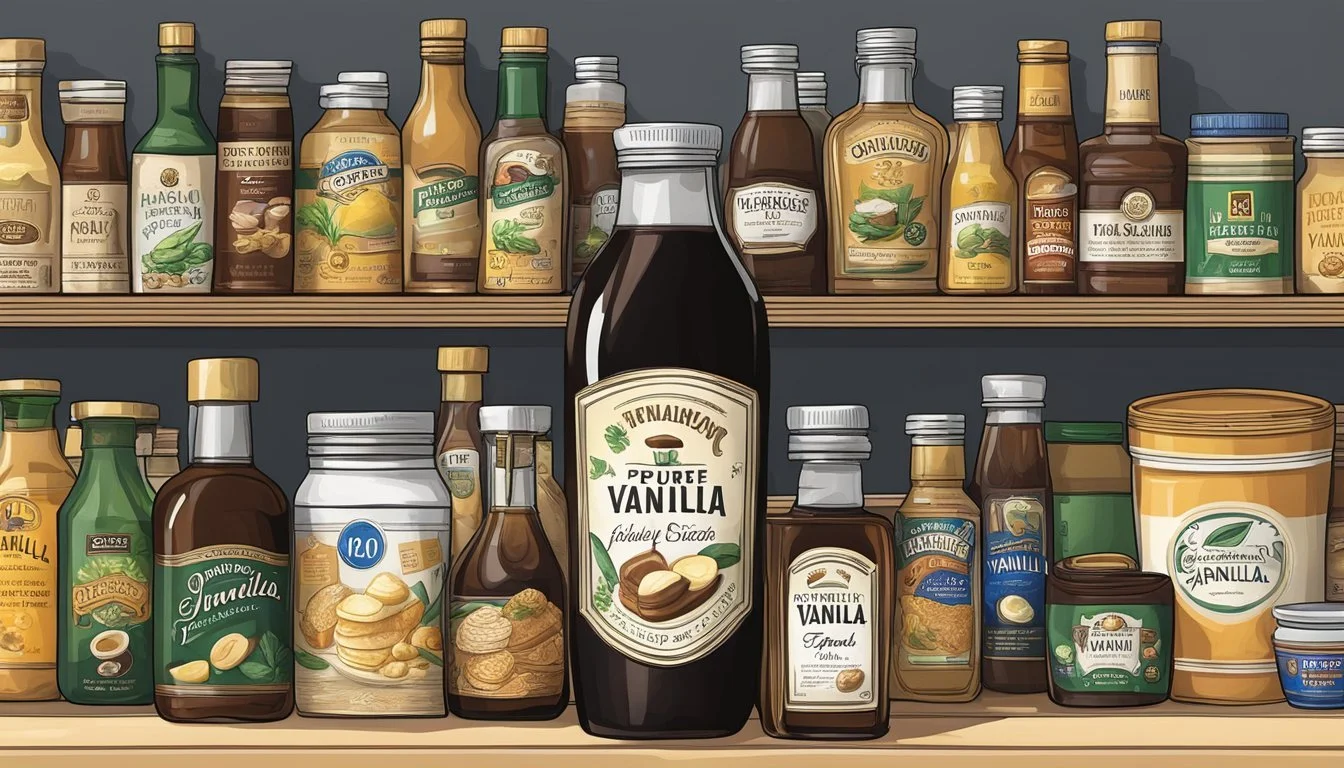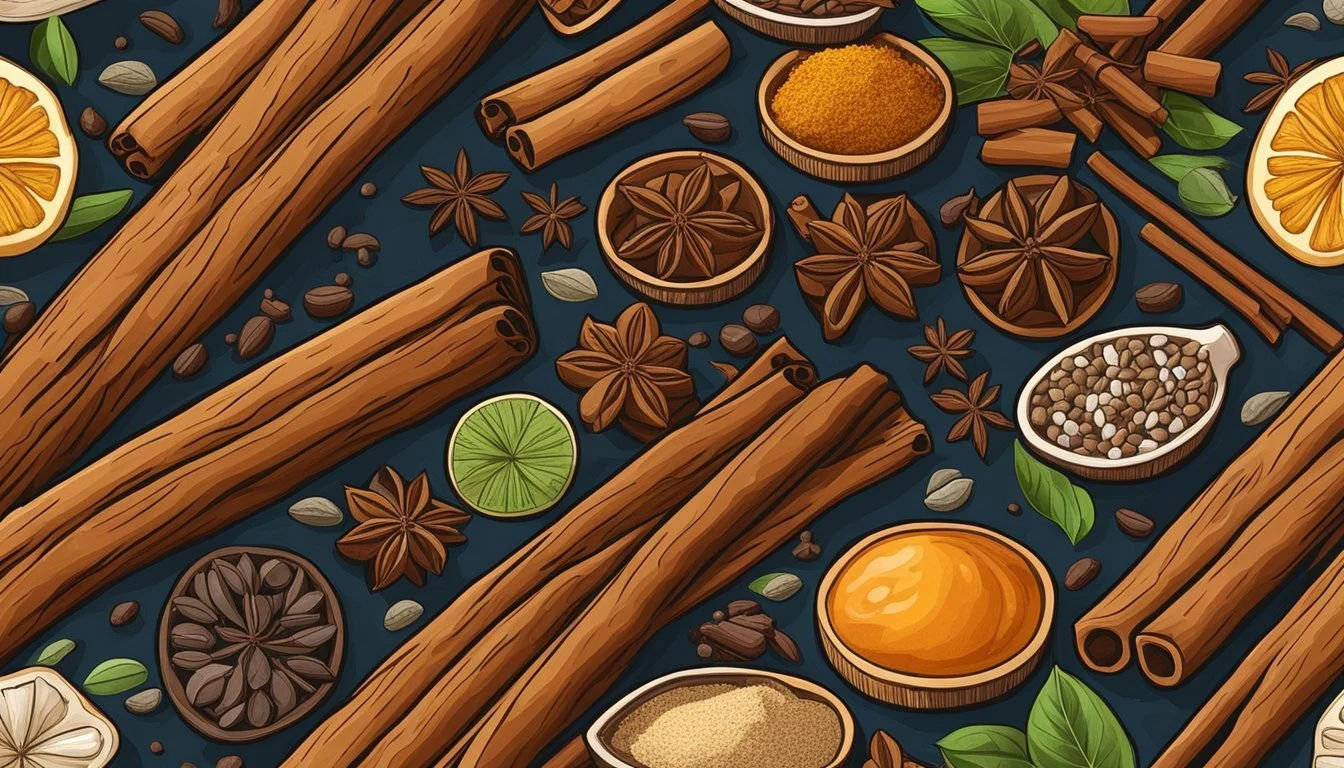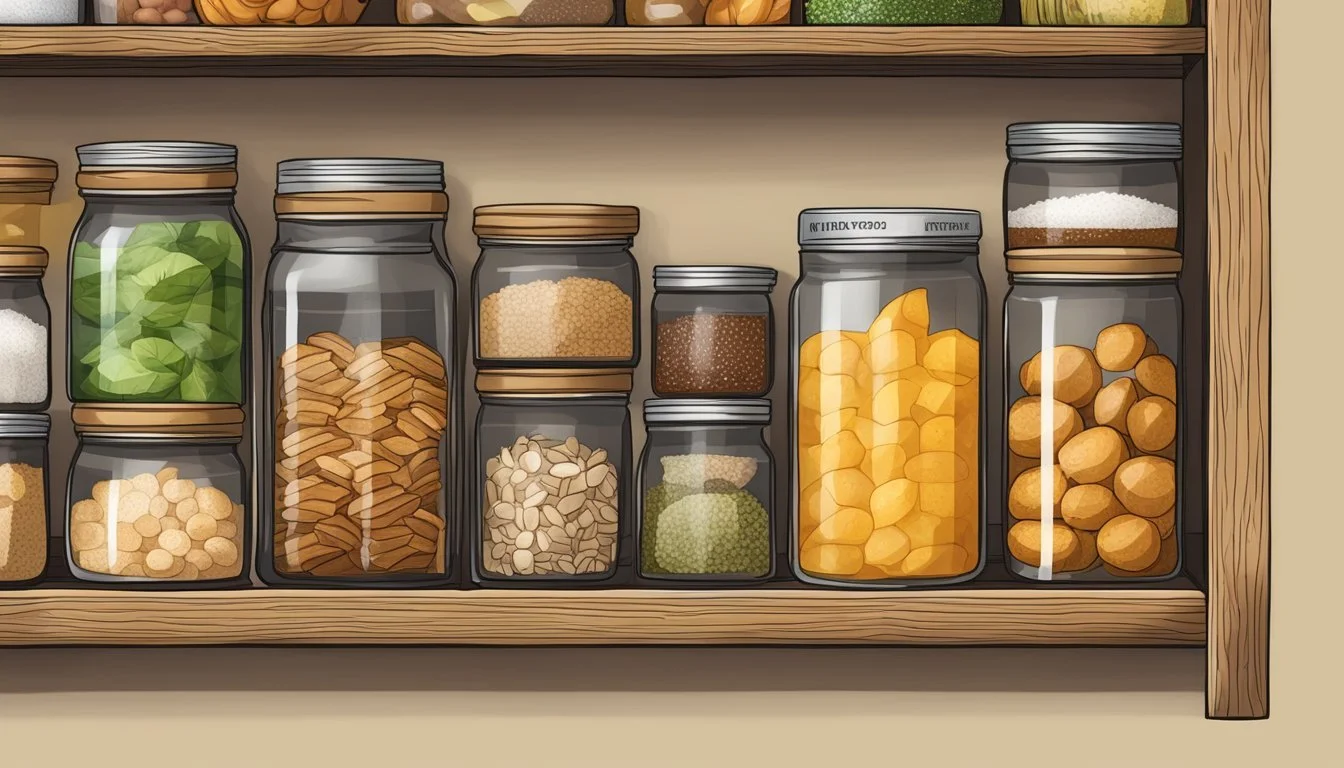Top Food That Last Forever
Timeless Staples for Your Pantry
In an unpredictable world, having a stockpile of foods that last indefinitely can provide both comfort and security. These foods offer a reliable way to ensure your pantry is always stocked, regardless of external circumstances. Understanding which items never go bad helps in smartly planning long-term food storage.
Beyond mere survival, these timeless foods are practical for everyday use, giving you the flexibility to cook and bake without worrying about expiration dates. Knowing these staples can help anyone build a robust and dependable food inventory.
1) Honey
Honey stands out as one of the most long-lasting foods available. The secret behind its longevity lies in its unique composition. It is naturally low in moisture and high in sugars, which creates an environment unfavorable to bacterial growth.
Additionally, honey is highly acidic, with a pH level between 3 and 4.5. This acidity helps to kill off any potential contaminants that might cause spoilage.
Stored properly, honey can remain edible for centuries. The key to maintaining its long shelf life is keeping it in a tightly sealed container and storing it in a cool, dry place.
Even when honey crystallizes, it's not spoiled. Simply placing the jar in warm water can return it to its liquid state. The flavor and nutritional value remain intact.
This remarkable combination of factors makes honey an excellent choice for long-term storage.
2) White Rice
White rice stands as one of the most reliable foods for long-term storage. When kept in an airtight container and stored in a cool, dry place, it can last almost indefinitely. This makes it an essential item for emergency preparedness and survival situations.
The key to white rice's longevity is in its processing. Unlike brown rice, white rice has the bran and germ removed, leaving it with minimal oils that could go rancid. This results in a much longer shelf life compared to its whole-grain counterpart.
Proper storage methods are crucial to maximize the lifespan of white rice. Using mylar bags and oxygen absorbers can further extend its durability. By eliminating excess air and moisture, these methods help maintain the rice’s quality for years.
Nutritionally, white rice provides a significant source of calories, making it an excellent staple food. One cup of cooked white rice has approximately 200 calories, which makes it a valuable energy source in times of need.
3) Dried Lentils
Dried lentils are a pantry staple known for their impressive shelf life. When stored properly, they can last for years without losing their nutritional value or taste. The key to maintaining their longevity is storing them in a cool, dry place and ensuring they are kept in an airtight container.
Unopened and uncooked dried lentils can typically last between one to two years. Their shelf life can be extended significantly when stored in Mylar bags with oxygen absorbers. This method helps to keep moisture and air out, preserving the lentils for a much longer period.
Signs of spoilage in dried lentils include a musty or rancid odor, as well as any visible mold or discoloration. Fresh lentils should have a mild earthy smell and a uniform color throughout. Discard any lentils that show these signs of spoilage to ensure fresh and safe consumption.
Dried lentils come in various types including green, brown, red, and black, each of which has its own unique flavor and use in culinary dishes. Regardless of the type, they all share the common benefit of long-term storage potential, making them an essential part of any well-prepared pantry.
4) Apple Cider Vinegar
Apple cider vinegar is known for its almost indefinite shelf life. Stored properly in a cool, dark place and with its bottle tightly sealed, it can last for years without losing its safety for consumption.
Its antimicrobial properties help preserve its quality. This means it remains safe to use even after the printed expiration date.
Over time, the taste and potency may change slightly. Yet, these changes do not affect its safety. The vinegar is still usable for a variety of purposes.
This versatile liquid can be used for cooking, cleaning, disinfecting, and even preserving other foods. Its multi-functional nature makes it a valuable item in any household pantry.
Such enduring usability makes apple cider vinegar a staple for those looking to store long-lasting food items. Whether for everyday cooking or emergency preparation, it stands out as a reliable choice.
5) Pure Vanilla Extract
Pure vanilla extract is a pantry staple known for its long shelf life. It is made by soaking dried, cured vanilla beans in alcohol. The alcohol serves as a natural preservative, ensuring the extract remains fresh and flavorful indefinitely.
Storing pure vanilla extract properly is essential. It should be kept in a cool, dark place, away from light and heat. This helps maintain its quality and potent aroma for years.
Unlike imitation vanilla, which can lose potency after a couple of years, pure vanilla extract retains its strength and flavor. This makes it a reliable ingredient for baking and cooking, offering both longevity and superior quality.
Opting for pure vanilla extract can be a wise choice, especially for those who use it frequently and want a product that stands the test of time. Whether you’re making desserts or savory dishes, it remains a trustworthy and durable addition to the kitchen.
6) Whole Spices (e.g., cinnamon sticks)
Whole spices, such as cinnamon sticks, stand out for their impressive shelf life. Unlike ground spices, their less exposed surface area helps preserve their freshness and potency for an extended period.
When stored properly, whole spices can last for up to four years. Essential factors for prolonging their lifespan include keeping them away from heat, light, and moisture.
Examples of long-lasting whole spices include peppercorns, cloves, and mustard seeds. These spices maintain their aromatic properties and can be ground as needed to release fresh flavors.
Proper storage involves placing these spices in airtight containers and storing them in cool, dark places. Avoiding exposure to humidity is crucial, as it prevents the deterioration of their quality.
By following these guidelines, whole spices like cinnamon sticks retain their flavor and aroma for years, making them a valuable addition to any pantry.
7) Canned Sardines
Canned sardines are known for their long shelf life. When stored properly, they can last anywhere from 1 to 5 years. The high oil content contributes to their prolonged preservation.
Sardines are a rich source of omega-3 fatty acids, protein, and essential vitamins. These nutrients remain mostly intact even after long storage periods.
Popular brands offer different varieties, such as sardines in olive oil, tomato sauce, or mustard. This variety allows for flexibility in incorporating sardines into various recipes or enjoying them straight from the can.
The canning process involves cooking the sardines within the sealed container, ensuring that harmful bacteria are eliminated. The airtight seal prevents contamination and spoilage, making them a reliable option for long-term storage.
Canned sardines are also convenient. They require no refrigeration and can be easily carried during travel or outdoor activities. This makes them an excellent choice for emergencies or survival situations.
Additionally, sardines are harvested from sustainable sources, providing an environmentally friendly protein option.
8) Salt
Salt is known for its exceptional shelf life. Whether it's sea salt or ordinary table salt, this mineral does not spoil. This makes it an essential staple for long-term food storage.
The primary reason behind salt's longevity is its chemical composition. It does not support microbial growth, ensuring it remains safe to use indefinitely.
There are different types of salt to consider, including rock salt, kosher salt, and Himalayan pink salt. Each type maintains the same lasting properties.
It is important to avoid seasoned salts for long-term storage. Seasoned salts contain additional ingredients that may reduce their shelf life to about a year.
Storing salt is straightforward. Keeping it in a cool, dry place with minimal exposure to moisture helps maintain its quality over time.
Salt's utility extends beyond flavoring. It plays a vital role in food preservation, such as curing meats and pickling vegetables, which is crucial during emergencies.
In addition to culinary uses, salt is valuable for non-food purposes. It can be used for cleaning, de-icing, and even as part of first aid to disinfect wounds. This versatility further highlights its importance for survival situations.
9) Sugar
Sugar can last indefinitely when stored properly. Both white sugar and powdered sugar have an indefinite shelf life if kept in a cool, dry place.
Granulated sugar does not support microbial growth, making it an excellent candidate for long-term storage. It should be stored in an airtight container to prevent moisture absorption and contamination.
Brown sugar, while more prone to hardening over time, can also last a long time if kept in a well-sealed container. If it hardens, it can be revived using a damp cloth or by placing an apple slice in the container.
Honey, a form of sugar, does not spoil either. It may crystallize over time, but warming it can return it to its liquid state. Store honey in a tightly sealed jar away from direct sunlight.
For long-term storage, sugar types like granulated sugar, powdered sugar, and honey are reliable staples that maintain their sweetness and usability for years. Properly stored, they are invaluable for cooking, baking, and preserving food.
10) Soy Sauce
Soy sauce is renowned for its impressive shelf life. With its high salt content, it can remain in good condition indefinitely if left unopened.
The fermentation process and salt act as natural preservatives. This ensures its longevity and keeps it flavorful over time.
When stored in a cool, dark place, unopened soy sauce maintains its quality. Even after opening, it can last for months if kept refrigerated.
It's a versatile condiment, enhancing the taste of a wide range of dishes. With its robust flavor profile, it is an essential item in many kitchens globally.
The durability and convenience of soy sauce make it a valuable addition to anyone's pantry.
Understanding Shelf Life
Shelf life refers to the period during which stored food retains its best quality and nutritional value. Proper storage techniques and understanding the factors affecting food longevity are crucial for maximizing shelf life.
Factors Affecting Longevity
The longevity of food depends on several factors:
Moisture Content: Foods with low moisture content, such as beans and rice, usually last longer because moisture accelerates spoilage.
Temperature: Cool, stable temperatures (50-70°F) are ideal for long-term storage. Fluctuations or high temperatures can degrade food quality.
Exposure to Air and Light: Oxygen and light can oxidize and spoil food. Keeping food in airtight containers and away from light is essential.
Food Type: Some foods, like sugars and rice, have naturally long shelf lives. Others, like brown rice, spoil faster due to higher oil content.
Proper Storage Techniques
Proper storage techniques include:
Containers: Use airtight containers to protect food from air, moisture, and pests. Mylar bags, glass jars, and vacuum-sealed bags are effective.
Environmental Control: Store food in cool, dark places. Basements, cellars, and other temperature-controlled spaces are ideal.
Rotation: Practice FIFO (First In, First Out) to ensure older stock is used before newer. This prevents food from becoming too old.
Packaging: Store food in small portions and vacuum-seal items prone to spoilage. Proper labeling with dates helps track shelf life.
Consistent application of these techniques preserves food quality and extends shelf life, ensuring a reliable food supply in long-term storage situations.
Nutritional Benefits Of Long-Lasting Foods
Long-lasting foods often provide a wealth of essential nutrients that support optimal health and well-being. These foods are not only convenient to store but also pack a significant nutritional punch.
Essential Vitamins And Minerals
Foods with long shelf lives, such as lentils, peas, and canned meats, offer vital nutrients like iron, magnesium, and potassium. Lentils and peas are rich in B-vitamins, which aid in energy production and cell metabolism.
Canned fish like salmon supply omega-3 fatty acids, essential for heart health. Freeze-dried fruits retain most of their vitamins, including vitamin C and vitamin A, critical for immune function and skin health.
Health Benefits
Consuming long-lasting foods can contribute to various health benefits. Lentils and peas provide fiber, enhancing digestion and maintaining stable blood sugar levels. Protein powders, including whey and soy, support muscle mass and repair.
Freeze-dried and dehydrated vegetables maintain their antioxidant properties, combating free radicals. The lean protein in canned meats supports muscle growth and repair. Including these foods in your diet helps ensure a consistent intake of vital nutrients, even during periods of limited fresh food availability.

